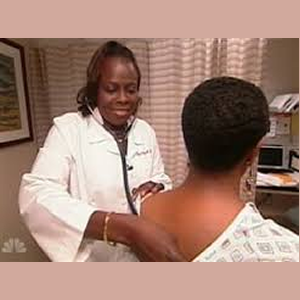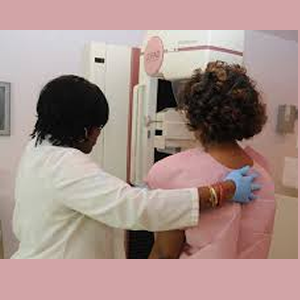Studies suggest that prophylactic mastectomy affords the greatest protection against breast cancer, reducing risk by as much as 90 percent. However, there are disadvantages to be considered, such as the pain and inconvenience of breast removal and potential reconstruction, the scars that can result, and the fact that reconstructed breasts have no sensation and cannot be used to breastfeed. You need to weigh these concerns carefully and arrive at the decision that is right for you. Some women simply are not interested in this surgery, despite being at high-risk for breast cancer.
Women who have inherited risk for ovarian cancer due to a BRCA gene can consider prophylactic oophorectomy, or removal of ovaries. Studies have shown that this procedure can dramatically lower ovarian cancer risk. Because screening for ovarian cancer is not nearly as effective as screening for breast cancer, most centers encourage prophylactic oophorectomy after childbearing is completed and after age 35. There is a very small remaining risk for primary peritoneal carcinoma, an ovarian cancer-like disease that develops in the lining of the abdominal cavity.
Another benefit of prophylactic oophorectomy is that it has been shown to reduce breast cancer risk by at least 50 percent in women who are still pre-menopausal. This reduction occurs because removing the ovaries takes away the body’s main source of the female hormone estrogen, which can fuel breast cancer development. Unlike mastectomy, this surgery preserves the body’s outward appearance, but it also causes menopause in those who have not reached this stage of life already. You could experience sexual side effects such as decreased sex drive and pain during intercourse due to dryness, as well as other symptoms ranging from hot flashes, mood swings, and depression to joint pain and insomnia. There are some long-term health risks as well.
To help with these side effects, some women, especially those who have not had a prior breast cancer diagnosis, elect to take short-term hormone replacement therapy (HRT) until about age 45. Studies suggest that these women still benefit from a reduction in breast cancer risk, since HRT replaces only a fraction of the hormones that the ovaries normally produce. You need to discuss these issues carefully with a provider who has expertise in cancer genetics, so that appropriate decisions can be made for your situation.
Reviewed by Jill Stopfer, MS





